Search Images
Browse Content (p. 1558)

Image
Champollion's notes from the Rosetta Stone
This is a copy of the Rosetta Stone with some hand notes made by Jean-François Champollion.
This photo was taken at the Neues Museum, Berlim.
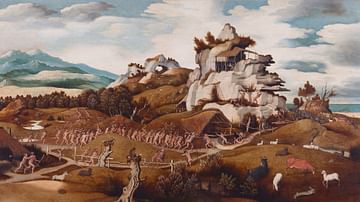
Image
Coronado attacking Zuni-Cibola
"Landscape with an episode from the Conquest of America" (Haarlem, c. 1545); oil on panel by Jan Jansz Mostaert; first painting showing the Spanish conquest of America - probably Coronado in New Mexico attacking Hawikuh (the Zuni ruins believed...
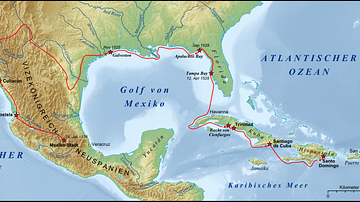
Image
Narvaez Expedition
Map of the 1528-1536 CE expedition of Álvar Núñez Cabeza de Vaca, also known as the Narvaez Expedition.
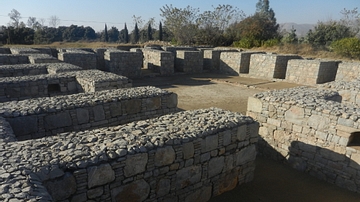
Image
Monastery at Jinnan Wali Dheri
A view of the monastery at the complex at Jinnan Wali Dheri dating to 5th Cent CE. The name literally means "The Mound of Demons" and is a modern name given due to the number of human skeletons that would emerge before excavation from the...
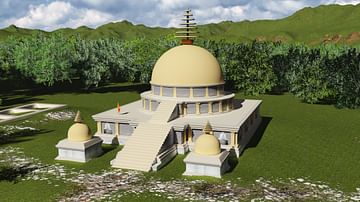
Image
Digital Reconstruction of Badalpur Monastery, Taxila
A partially complete reconstruction of the Stupa at Badalpur, one of the largest stupas in the Taxila region, dated to te 2nd-5th century CE. (Original work by the author)
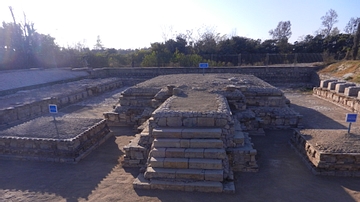
Image
Stupa at Jinnan Wali Dheri
The small but well-preserved stupa at Jinnan Wali Dheri missing its dome (at the hands of ancient looters). The stupa is exquisitely decorated and is a compact version of the larger monuments seen around Taxila and has been recently restored...
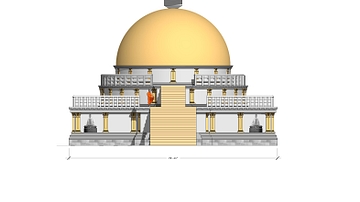
Image
Badalpur Stupa, Taxila (Front)
The square based stupa of Badalpur is one of the largest in the Taxila region measuring 24.4 m x 23 m (80 x 75 ft) and having a speculated height in excess of 21 metres (70 ft.) Dated to 2nd-5th century CE.
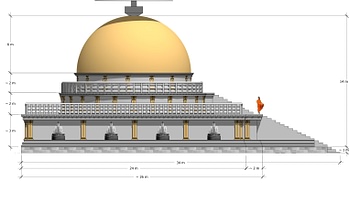
Image
Badalpur Stupa, Taxila (Side)
The square based stupa of Badalpur is one of the largest in the Taxila region measuring 24.4 m x 23 m (80 x 75 ft) and having a speculated height in excess of 21 metres (70 ft.) with the Chattravali included. Dated to 2nd - 5th Cent CE
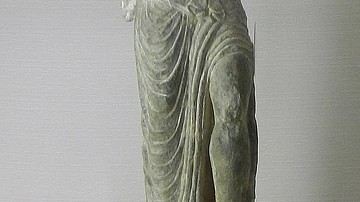
Image
Aphrodite, Taxila
Schist stone sculpture representing Aphrodite. The statue showcases the Indianized proportions of the Greek deity. Found at Dharmarajika Stupa. 1st century CE. (Taxila Museum, Punjab, Pakistan)
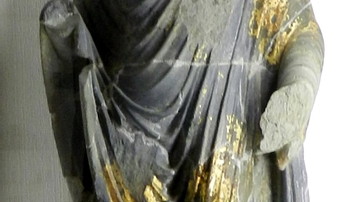
Image
Gilded Buddha Statue
A sculpture of the Buddha with some of the original gold leaf still intact. This shows the extravagance with which these statues were decorated. 2nd-3rd century CE. (Taxila Museum, Punjab, Pakistan)